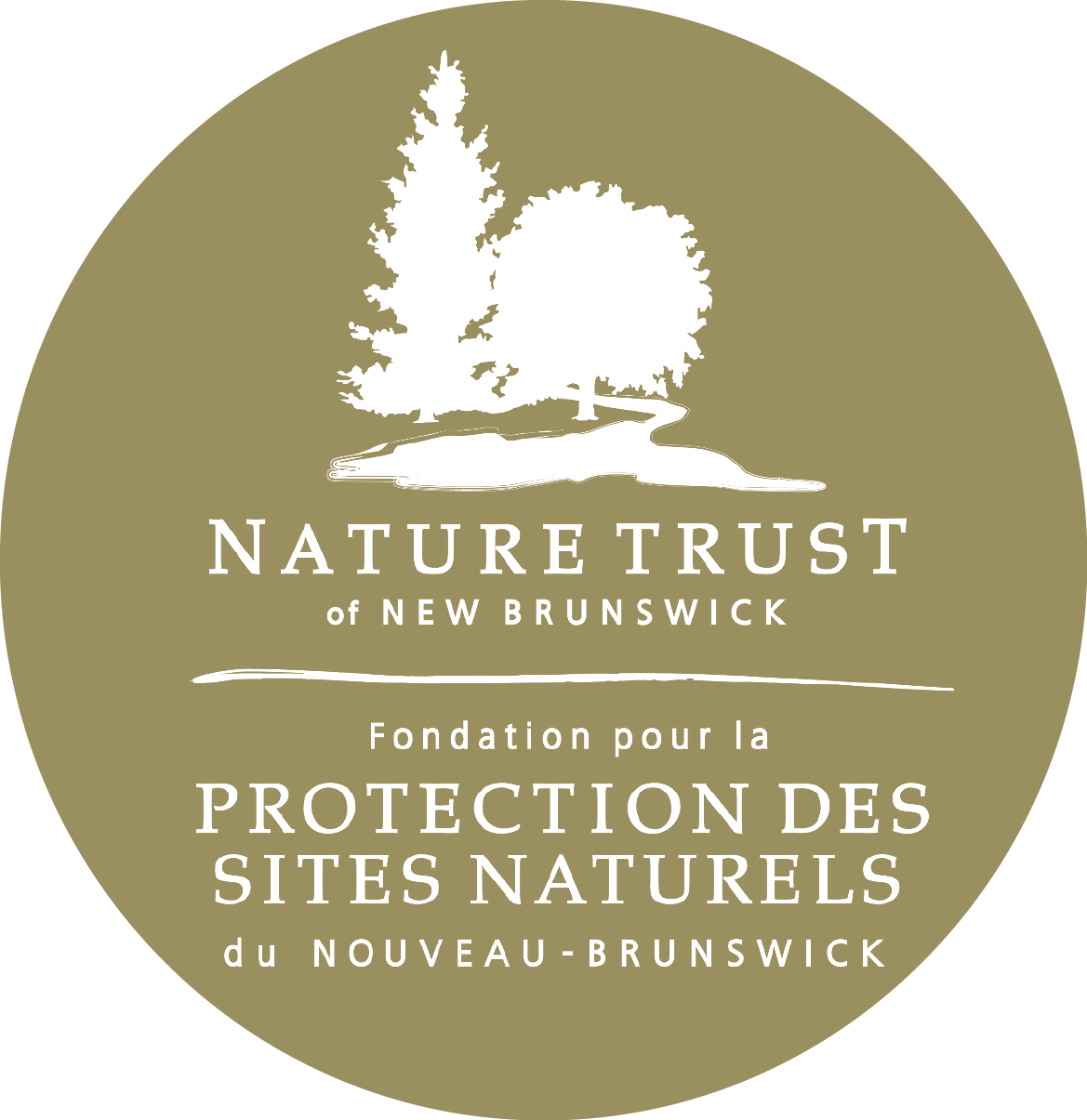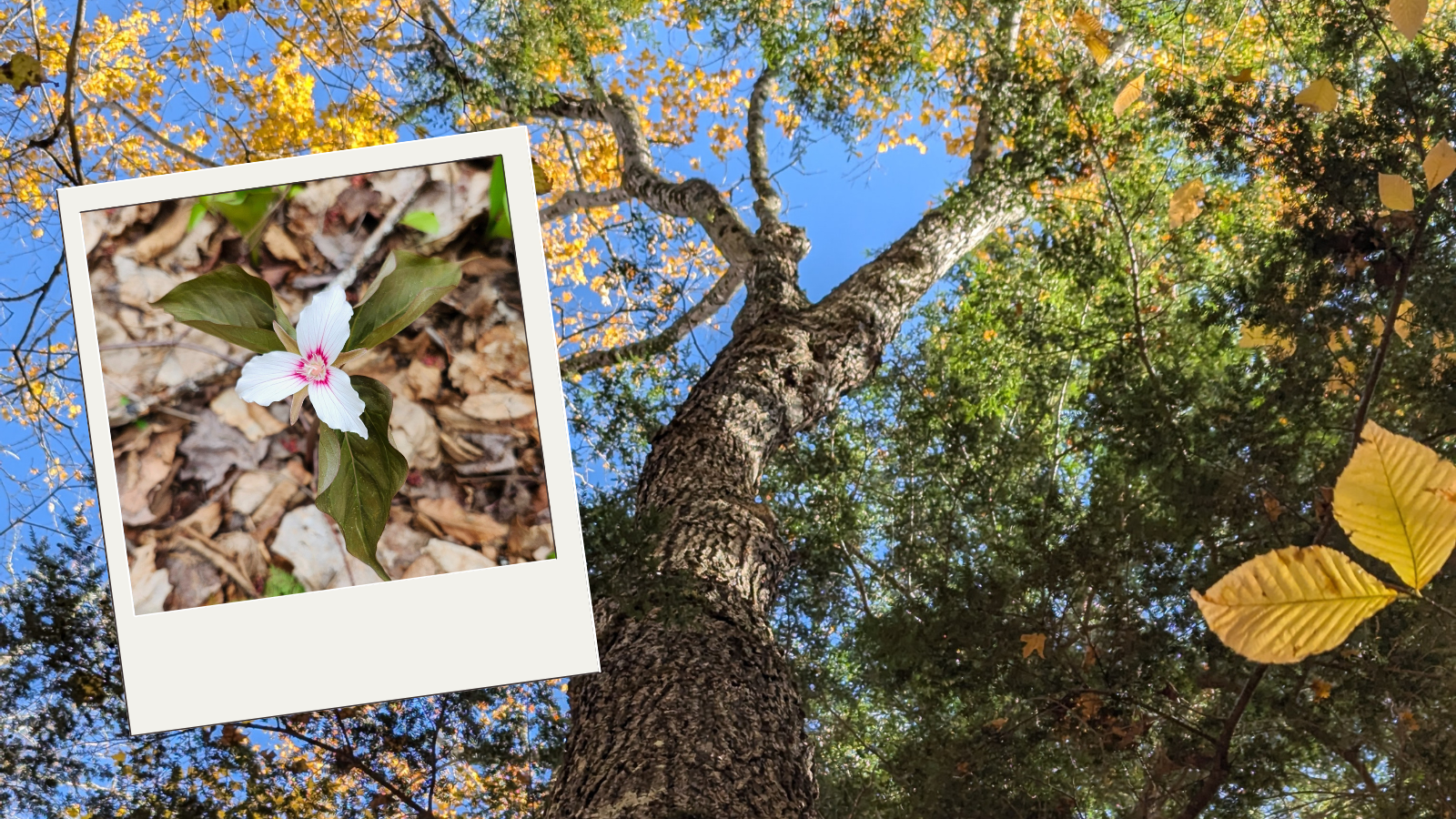Conservation Works!
Conservation Works!
invest in the wild places that sustain us all
WRITTEN BY ASH NOBLE, COMMUNICATIONS OFFICER
When you work in conservation, there is always one question that plagues your mind: Is what I am doing really making a difference?
Whether it is long hours spent out in the field trudging through marshes and heavy tree cover in search of an endangered species, or in the office writing emails and reports on conservation projects, the Nature Trust of New Brunswick’s staff and volunteers have the desire to effect change in everything we do.
We are definitely heartened, then, to read a 2024 study which confirms that the work carried out by our team and our invaluable network volunteers is not only having a positive impact on the ground in New Brunswick, but is part of a global community actively slowing the biodiversity and nature loss crisis!
Graphic taken from Langhammer et al., “The positive impact of conservation action” study published in Science Magazine
The study, published in the April 2024 edition of Science Magazine, conducted a global meta-analysis of 186 studies and 665 trials measuring biodiversity over time and analyzing the outcomes of conservation action. The researchers found that “in two-thirds of cases, conservation either improved the state of biodiversity or at least slowed declines.”
This study provides the strongest evidence to date that conservation does indeed achieve what it seeks to do — slow biodiversity loss and preserve our diverse ecosystems for future generations. While the study does not focus entirely on the effects of conservation in N.B., it is encouraging for conservation on a global scale. We at the Nature Trust can also see how we are directly impacting these efforts using the study’s framework.
As part of their findings, authors Langhammer et al. revealed and explored what they determined to be, in order, the top four most effective methods of environmental intervention and conservation action:
The eradication, control, and management of invasive alien species (IAS);
Actions to reduce habitat loss and degradation;
The sustainable management of ecosystems; and,
The institution of protected areas.
At the Nature Trust, we employ a mix of all four of these strategies and more in our campaigns against biodiversity loss!
The eradication, control, and management of IAS
Our stewardship team not only regularly removes invasive species such as Garlic mustard (Alliaria petiolate), Japanese knotweed (Fallopia japonica), and Glossy buckthorn (Rhamnus frangula) from our nature preserves, but they have also held invasive species removal workshops to train more than 100 volunteers and members of the public on how to help keep these introduced species from harming or outcompeting our native plants and wildlife. Since 2021, we’ve held 28 invasive species removal and training workshops at 10 of our nature preserves throughout the province! In the future, we will be working to create strategies for more long-term, cost-effective IAS management.
Actions to reduce habitat loss and degradation
Our 2023-27 Conservation Plan enshrines a goal to protect habitat with outstanding biological, geological, aesthetic, and historical value, namely climate-resilient forests and wetlands. Over the last few years, one of our main focuses has been preserving and identifying Appalachian Hardwood Forest (AHF) habitat, a unique and rich ecosystem of hardwood trees associated with 43 rare and at-risk species.
Thanks to the support of readers like you, in 2023-24 we established the Hal Hinds Forest Nature Preserve in Carleton County, 48 hectares of rare wildflowers and towering ironwoods named in honour of the late conservation champion and LGBT+ activist Hal Hinds.
In 2024-25 we continued our work on AHF preservation, protecting two new preserves featuring this endangered habitat, including one in Wicklow, Carleton County. From now until August 15, you have the opportunity to leave your mark on New Brunswick nature by entering a contest to name two of our new preserves, the AHF property in Wicklow and a forested wetland property in Upper Nashwaak! Click here to learn more about the contest, view photos and information about each preserve, and register for an upcoming Preserve Naming Contest Hike in Wicklow to find inspiration.
Photos taken at our Hal Hinds Forest Nature Preserve in Carleton County
The Nature Trust was also instrumental in prompting the provincial government to adequately protect endangered species in accordance with the N.B. Species at Risk Act, joining Indigenous and environmental groups on a campaign to pressure the Department of Natural Resources and Energy Development to act on its legal obligations for threatened and endangered species.
The sustainable management of ecosystems
Managing and caring for our nature preserves is a key priority at the Nature Trust and is undertaken not only by our Stewardship staff, but also our community of volunteers. We are fortunate to have a strong, passionate network of more than 200 dedicated volunteers who help us responsibly manage our nature preserves all across the province!
To join this community of people making a difference for nature, or to learn more about how to sustainably steward our beautiful province, register for an upcoming volunteer event: a Volunteer Training Day on Saturday, September 6 at the Caughey-Taylor Nature Preserve, or a Restoration Tree Planting event on Thursday, September 11 (location TBD)!
If you are a landholder and would like resources and guidance on how to effectively steward your own property and the species that call it home, you can join our Conservation Partner Program. Through this voluntary program, the Nature Trust strives to support private landholders in their mission to preserve their land and its history for generations to come.
The institution of protected areas
As part of our mission to preserve N.B.’s natural legacy, we strategically assess areas of high conservation value throughout the province and seek to protect them forever, establishing them as nature preserves or protected areas. Today, we have 97 nature preserves comprising 14,100+ acres of land under our protection and care! In fact, we established 57 preserves totaling 3,024 ha (8,135 acres) of land in the last decade alone, as well as 9 existing preserve expansions totaling 268 ha (662 acres) in the last two years, with our Caughey-Taylor Nature Preserve and Réserve naturelle Grande-Digue Nature Preserve both being expanded twice. These new acquisitions and expansions have brought us closer than ever to our Conserve Y(our) NB Campaign goal of protecting 15,000 acres by the year 2030!
Thanks to the incredible support of New Brunswickers like you, we wrapped up our biggest conservation year ever in 2024-25, raising over $208,000 and protecting 21 new properties (15 new nature preserves and six expansions) covering 862 hectares (2,130 acres) of forests, wetlands, coastlines, and critical wildlife habitat. Click here to explore the expansive and beautiful Nature Trust nature preserves!
But we don’t just do this work alone. The Nature Trust also supports other organizations and partners to better protect the nature we all love.
Maybe the best example of these partnerships is the groundbreaking relationship between the Nature Trust and the Passamaquoddy Recognition Group, part of the Peskotomuhkati Nation at Skutik. For the past seven years, we’ve helped the Peskotomuhkati establish the Skutik IPCA (Indigenous Protected and Conserved Area) through a unique (and maybe first-of-its-kind in Canada) model whereby the Nature Trust holds protected properties in trust for the Nation until it establishes its own land trust in the future.
Photos taken at our new nature preserve in Wicklow, Carleton County - enter our contest to name it!
In 2024-25, we helped add three new properties to the Skutik IPCA, which now protects over 1,500 hectares (3,700 acres) of Peskotomuhkati territory, including 8,000 feet of Skutik (St. Croix River) shoreline, critical habitats for species at risk, rare flora, and culturally significant plants, while contributing to flood mitigation, water quality, and ecosystem connectivity. Read more about this unique partnership here.
In the last year we also played a direct role in adding 327 hectares (809 acres) to the Province of New Brunswick’s Conserved Lands network, securing the addition of climate-resilient properties in Charlotte County and central New Brunswick that also shelter species at risk.
Longtime readers will also remember the Nature Trust played a role in the province’s Nature Legacy initiative to increase publicly-protected lands in N.B. from five to 10 per cent, both by identifying potential habitat to be included under the Nature Legacy protection and encouraging citizens to participate in the campaign to double protected areas in the province.
Let’s keep the momentum going
While it is clear from Langhammer et al. that conservation action is indeed making a tangible difference in the global community, their study also calls attention to the fact that increased funding and government commitment are necessary if we truly wish to reverse the effects of biodiversity loss, as outlined in the recently adopted 2022 Kunming-Montreal Global Biodiversity Framework (GBF), stating:
“Although high, these costs are dwarfed by the value that biodiversity provides to society through the delivery of ecosystem services. Thus, conservation actions are investments rather than payments — and, as our study demonstrates, they are typically investments that yield genuine, high-magnitude positive impacts.”
We’ve seen that conservation works, but we can only continue this momentum with your help. Each new nature preserve, each volunteer workshop, each habitat restored is made possible by people who believe in protecting what matters.
At the Nature Trust, we can only add new protected areas each year — and care for the ones already in our network — thanks to the generous support of individuals like you. Whether you’re inspired by science, deeply connected to the land, or simply hopeful for a greener future, you have a role to play in defending nature.
Donate today or consider becoming a monthly donor to be part of the global movement against climate change and biodiversity loss. Your gift is not only a contribution—it’s an investment in the wild places that sustain us all.
Looking for other ways to get involved and make a difference?
Together, we can protect and care for New Brunswick’s natural legacy — now and for generations to come.





